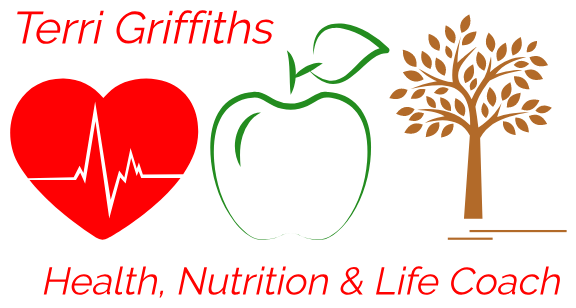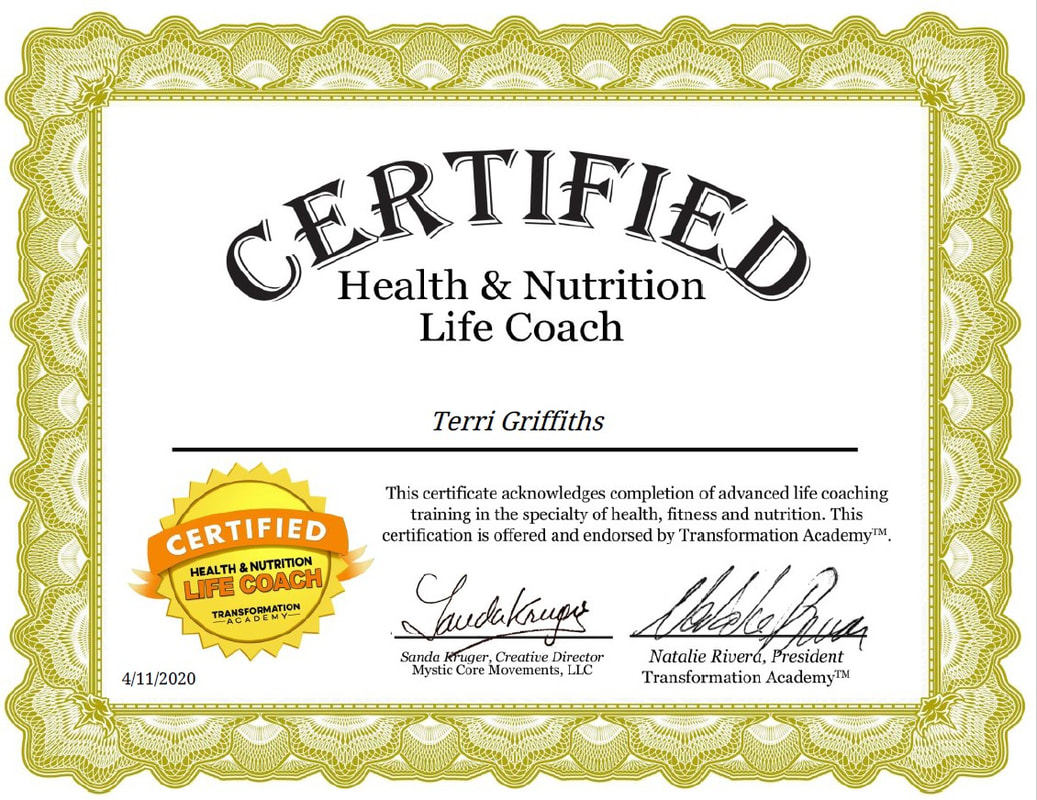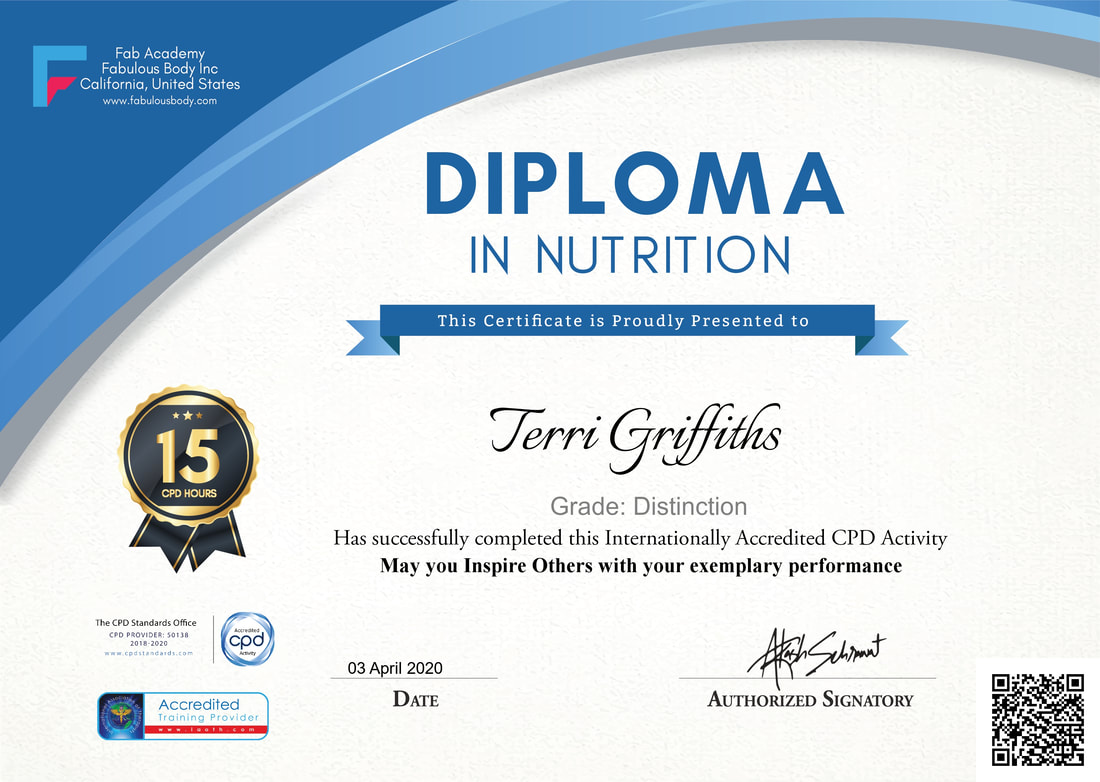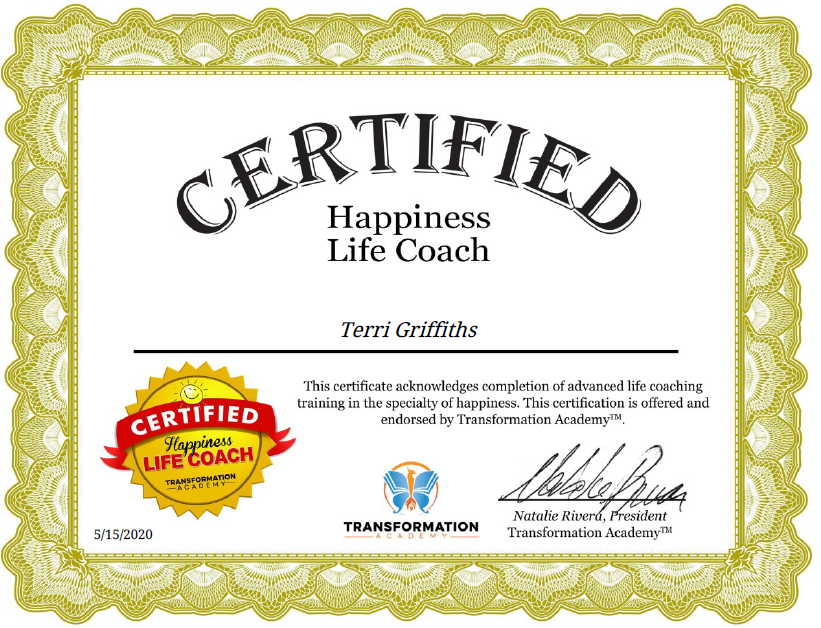What about my gut bacteria? Is it good or bad?Over these last few months I have been researching good and bad gut bacteria and learning as much as I can understand anyway, about he human microbiome. Some scientist now believe we are 10 % human, and the other 90% are microbes including huge amounts of good and bad bacteria, yeasts and even viruses, all controlling our own self. It is slowly becoming apparent that out gut is as intelligent as our brains, and some even think more so. So much to say that our gut controls what we think, say and do. Managing our hormones amongst other things, therefore all our moods, thoughts, mental clarity as well as our health in general. So I wanted to find out what was happening in mine. I always endeavour to have all my health markers perfect. I strive to be healthy inside as well as outside. I regularly monitor my glucose, cholesterol, triglycerides, blood pressure, resting heart rate, sleep patterns, liver function, kidney function, colon function, lung function and all the rest, doing all I can to make then run perfectly through training and diet. My 'Forever Diet' was and has been for the last few months, LCHF (Low Carb high fat) diet with IF (Intermittent Fasting), which I have found fabulous for weight maintenance, energy levels, great sleep patterns and glucose/triglycerides/HDL Cholesterol management. And I enjoy the food. Intermittent Fasting I will always do forever, as I strongly believe that it does me good by resting my digestive system and autophagy (purging damaged body cells and replenishing with new), reduces inflammation and bloating, keeping insulin and blood sugars in check and keeps giving my brain a regular burst of ketone (fat) fuel so it isn't always being fuelled by glycogen (carb/protein fuel). I love the LCHF concept too, love the foods, I prefer to keep carbs low and only eat real or raw carbs that have high fibre. So lots of veg, occasional fruit, I only eat real locally produced honey, grass fed meats, raw unpasteurised milk/butter/cheese etc. My daily diet as a rule doesn't have any sugary foods, so no cakes or sweets nor does it include pasta, no breads, no rice and nothing processed, all carbs being eaten it there original form as nature intended. All my food that I prepare at home and for work, must look like real food, and as much as I can, buy it locally from farms. Although there are also times for social reasons, I will eat what everyone else is eating, as I think its important not to alienate myself with friends and family, as these social feasting gatherings are part of our human culture. After trialling all the diets there are out there, Keto, Paleo, Carb Cycling, IF, Back Loading, Vegan...and so the list goes on, I have come to the conclusion that no one diet is the 'best'. As much as Vegan, Paleo and Keto fans preach theirs is the 'best' of all diets, I think they all have great aspects to them, and all have there place. Keto and IF are great for reversing Diabetes Type 2 and helping kick start an obese individuals diet, Veganism is great for helping people with heart disease, Paleo is great for people with MS and other auto immune diseases and so on. But no one diet is ideal for everyone, and some are not lifetime diets and should be used to achieve a goal such as Keto to reverse Diabetes, once you are no longer diabetic, I think there is a need to re-introduce a balance of carbs to encourage your body to utilise sugars again as they should, and get your insulin working and balanced again. I now find I take a piece of each making a good healthy balance, and a diverse range of foods. I have been including daily probiotics and prebiotics into my daily diet for some time now. Making my own probiotic Kefir, and eating others such as fermented Sauerkraut and Tofu, Kimchi and trying Kombucha drinks to introduce new bacteria into my gut. And adding some prebiotics too, to naturally help stimulate growth of any good bacteria in my gut. So adding Probiotics introduce new gut bacteria, and Prebotics feed the gut bacteria, acting like a fertiliser. More about both of these later. However, LCHF does raise my LDL cholesterol (although as per my Facebook Page rants, I don't believe high LDL cholesterol is always a bad thing) as the diet does for many, due to eating higher fats than most standard diets. And I have finally come off my colon cleansing tablets after 12 years or so of taking them, but only if I rigidly stick to my super high fibre diet do I get away with needing them. One week in a hotel at work the other week put me back to where I was, as wasn't eating as I normally did. So this still needs a proper fix. So, what is going on in my gut? is it in good condition? Does it need improving? I wanted to know. I ordered online from and it came a couple of days later. Had to put my Number 2 in a tube, which was, I found, amusing. And send it back. 3-4 weeks later, they email your results. Really quite interesting. I wonder what it will reveal? Find out later... So what are Probiotic and Prebiotic foods?So remember what I said earlier, Probiotics introduce new gut bacteria, and Prebotics feed the gut bacteria, acting like a fertiliser. There are supplements that mean you can pop a pill to add Prebiotics and Probiotics to your diet. But I believe in food and adding them the natural way. I thought I would show you my fridge and food cupboards and walk you through some ingredients... Probiotic - Kefir
Probiotic - Fermented Raw Sauerkraut
Probiotic - Kimchi
Probiotic - Kombucha
There are number of other Probiotics out there, this are just some of my favourites. There is also small number of probiotics in raw dairy, however to maximise them and to make then grow you need to encourage these to grow by adding the grains to make Kefir drinks or Kefir yogurts to maximise their benefits. Prebiotics -So pictured above is a selection of Prebiotic foods in my cupboard. They are generally high fibre high nutrient rich foods that leans them towards being prebiotic. Natures fertilisers! Click on any picture to find Healthlines list of their choice of best prebiotic foods, and see my summary below of mine - Chicory Root - Massively high in fibre, around 50% of it is fibre, so helps constipation, and also aids fat absorption during digestion. Some countries grind it down and drink it like coffee. I add a spoonful to my turmeric and ginger latte I have most evenings. Jerusalem Artichokes - These seem to be a favourite on all prebiotic best of listings. Massively high in inulin fibre at 76%, which increases good bacteria in the colon. I can't think of any other prebiotic higher than this per gram. They are also high in thiamine (Vitamin B1) and potassium too. It helps the immune system and nervous system. I add these raw to my morning veggie shake. But they can be roasted or sauteed, and are very much to be treated like parsnips or potatoes. Apple Cider Vinegar - This prebiotic aids digestion, lowers LDL cholesterol, and blood pressure as well as the gut supporting benefits. Always look for an unpasteurised, unfiltered and organic one. It is perfectly normal to have 'bits' floating around in it. I make a great salad dressing with this mentioned in the dandelion leaves, and the good ones taste great straight from the bottle. It is also believed to help with weight loss. Although I am always sceptical about this phrase. (One eye brow is currently raised) Dandelion Leaves - fresh and dried - Again, high fibre so helps constipation, improves immune system, reduces inflammation, and is believed to help lower LDL cholesterol. I use the fresh greens as salad leaves, and the dried I add to my veggie morning shake. The leaves can be slightly sour. But I make a cider vinegar, olive oil, lemon, and honey and mustard dressing to drizzle on them, which makes them delish! The bitter sweet mix works well like it does with most salad leaves. They are hard to find to buy..so go into your garden and pick them! Chia Seeds - Chia seeds are some of the best plant sources of anti-inflammatory omega-3 fat known as alpha-linoleic acid (ALA), these are normally found in oily fish. These are full of prebiotic soluble fibres and help repair gut lining. I soak these in coconut milk and honey overnight sometimes, as they swell and set. Then I have them as a dessert or breakfast. Tiger Nuts - Are not actually a nut but a tuber, so grows underground like a root plant. So its more a vegetable and can be eaten by people with nut allergies, as it isn't a nut. It is sweet to eat, and I often eat them out the bag, although they can make your jaw ache, but are terrible moreish! They are anti-bacterial fighting salmonella and E-coli to name a few. Very high in fibre and another great anti-oxidant. They can be made into a sweet milk too. But soaking them in water for around 24 hours and then squeezing out all the fluid in a mesh cloth. Then the fluid is drunk and is like a sweet milk full of rich fibre goodness, and tastes great. Burdock Root - Like the rest, this also aids the immune system, high in various fibres and helps constipation, (as you've probably seen a pattern forming in my choice of prebiotics!) It also is an antioxidant and helps lower blood sugars. This gets added each morning to my veggie shake. Green Blends - a mix of Spirulina, Wheat grass, Chlorella, Matcha and Green Tea - All these have health benefits and I bought this mix when I went looking to buy a spirulina product. I figured I'd buy a mixed green blend to get a little bit of everything. Spirulina and Chlorella are both blue green algae. So basically a seaweed, with massive health benefits. This is a quote about spriulina in the Journal of Microbiology and Experimentation document 'It contains 78% proteins, vitamins, 4-7% lipids (fats), minerals, carbohydrates and some natural pigments. Due to the presence of these phytonutrients, it has corrective properties against several diseases like cancer, hypertension, hypercholesterolemia, diabetes, anaemia etc. Research studies have reported that the extracellular products produced by Spirulina platensis significantly promotes the growth of lactic acid bacteria such as Lactococcus lactis, Streptococcus thermophilus, Lactobacillus casei, Lactobacillus acidophilus, and Lactobacillus bulgaricus.' .....WOW....these is recognised as as a fabulous prebiotic which helps growth of a range of gut bacteria. Stick it straight in my shake! However...I should mention, don't use much, I use half to a full teaspoon of this powder as it is very concentrated and also tastes pretty crap and can overpower the food or shake you put it in and make it undrinkable. So, be careful and use sparingly! My favourite - Dark Chocolate over 80% or cocoa - Flavanol rich and is great for the heart and cardiovascular system, it helps to lower LDL cholesterol and can lift your mood. I have about two Lindt squares of dark chocolate daily with a coffee. Lush! These are some of the prebiotics I have used for a while or introduced recently. Some prebiotics I have been eating forever, and probably so have you. Such as asparagus, onions, garlic, apples, pears, bananas, leeks and such, so some don't need to be so unusual, however, the key to a good gut bacteria is diversity, so eating a range of new foods you may not have had before could very well improve your gut even more. And keep you eating interesting and new. So what else is in the veggie shake?Its hard to get such a vast amount of different food into your diet, most people only eat 3 times a day, so to fit all this in somehow can take some planning. So I just stick a load in a shake and whizz it in the Nutri-bullet! And BOOM..a supercharged pre and probiotic breakfast... My daily shake consist of -
It's sometimes so thick I eat it with a spoon. I actually look forward to it and see it not only as a tasty start to the day but medicinal too. It's probably not for everyone, but it could spark an idea or two for you. And my Microbiome test results are back...So, some interesting readings has come through. It shows me the regions my gut bacteria are dominated with as follows. So I am a Brit, so of course I would expect most of my microbiome to be dominated by Western Europe at 42.4%, no surprise there. I was surprised by the 30.6% from North America though! I have travelled throughout my life to the US many times over, Nantucket Massachusetts, Columbus and Cleveland Ohio, Up state and down state New York, Seattle, Arizona, Las Vegas, Santa Fe (Hi Sophia if your reading!) plus more, so my travels have made an large imprint on my microbiome. Our microbiome is as unique as our fingerprints. No one is the same. Identical twins can have massively different microbiome make ups. Some of it is passed down from generations, your Mother during pregnancy and birth will pass on some of hers, and her grandmother before hand..and then you start building your own with what you eat, who you kiss, what you touch, stroking your cat, travelling the world and with everything you do. And it is clear my travels have had a big impact on mine as as far as I am aware I have no american ancestors. It would be interesting to see my sisters results? As our travels have been quite different. My results also showed my total probiotic and prebiotic levels are great, 9/10 in fact. So I couldn't of asked for more and have clearly got a good intake of these going. However what was interesting was I have average fibre digestion, and average to low vitamin B levels, and I was deficient in B3 (Niacin). Being deficient in B3 can have an impact on Cholesterol as its key for controlling LDL levels and can effect the digestive system. Both things I struggle with. Could this be why? And what is it that's missing from my diet to warrant low Vitamin B3? The results tell you what foods help raise B3 levels, and interestingly, they are mostly carbs such as Oats, Rye, Wheat, barley, buckwheat and potatoes. As well as some that I already eat like Asparagus, carrots and cocoa. Vegetables that I don't eat regularly that influence B3 are Radishes and Tomatoes. So, time for a rethink on my dietry intake. So I decided to add some carbs. I added the following for to aid raising my B3 levels ... Prebiotic and Probiotic Carbohydrates
The problem with other off the shelf bread nowadays is they are prepared so quickly and often made from mutated seeds designed for mass production (shorter stems and more grain, not in their natural form), pesticides that are often sprayed on the crops can kill the nutrients in the soil which in turns kills the nutrients in the wheat which means we get nothing out of the wheat we need. Then it is processed and baked normally from beginning to end within 3 hours which also doesn't prepare the grain as it should be. Then during this process, fortified with the vitamins and minerals that are no longer present and should of been there in the first place. And we end up with a lump of processed dough. With bread over the years being made for mass production, we have lost the goodness we used to have in the grain quality and fermentation. This is why we have a lot of people who cant tolerate eating bread, causing stomachs to swell and feeling uncomfortable. It's not real food, its processed. You generally don't get this with a good quality grain, and prepared and fermented as our ancestors did. Such as with real Sourdough breads. So, in one hit I have added Rye, Wheat, Oats, carrots, tomatoes and radish to my diet. All rich in Vitamin B3. I have also decided to supplement my diet with pure Niacin (B3) daily for a week. Please note - When supplementing with vitamins be careful of amounts. I only need about 16 mg (0.016 gram) of B3 daily. This is a tiny amount and if you take too much you get a 'Niacin Flush' which withing 5 minutes of taking it will turn most of your body bright red starting from your head, and your skin will have a burning itchy sensation. This will disappear after about 30 mins - 2 hrs and isn't really harmful. Unless you do it daily for days on end, which can make the kidneys over work, but why would you? This is the powerful effect of vitamins, and how they can have an impact on your body, so stick to the 16 mg or suggested daily vitamin dosage, and don't guess the amount...like I did. (Red burning skin went after about 2 hrs ....doh! Looked like a lobster!) A little note on local honey....
A little note on raw dairy...
Conclusion to date...Yesterday (08/04/19) and today I have seen a major difference in my bowel movements (sorry!) it has become easy to go, no effort seems to be required like I've never felt before. I am daily naturally clearing, and my gut somehow feels alive and lighter. It is obviously too early to know if there is a permanent fix, as its only been a few days, but I feel good. I will also check my cholesterol over the next few weeks to see if there is any impact as all on that. I expect to to improve anyway due to adding the carbs. As its the low carb diet that makes it rise.
I will be doing another microbiome test 3 months after this one, which will bring me to June, to see what impact these changes have made. And I will update you all with those results and how I have been getting on. I hope you enjoyed reading this and maybe learn't a little more about the foods we eat and should eat. And I'll catch up with you all soon. Have a great day! Terri xx
3 Comments
Yvonne Davies
12/4/2019 06:55:32 am
Morning Terri. I’m not sure if this is a public reply or not..
Reply
Terri Griffiths
12/4/2019 07:30:40 am
Hi Yvonne, Yes its a public reply, I hope that's what you wanted. Thank you for your comments, I did enjoy writing this one and researching it. Learnt a lot that is staying with me in my daily routine. And glad to inspired you too in a lifestyle tweak. Shout if you have any questions. I hope you are and Billy are keeping well? And maybe we'll catch up real soon. xx
Reply
1/10/2021 09:06:50 am
I am lucky to found this website coz more good articles here. Many good quality of information a useful content to share. Anyways, I just wanna share about the benefits of Genuine Haarlem Oil for the health of human especially nowadays were facing pandemic we need to boost our immune system to fight against deadly covid19 or any variant of viruses. Genuine Haarlem Oil has demonstrated its effectiveness in preventing respiratory illness, passive and active smoking, unhealthy diets and rheumatoid arthritis. It is an energy supplement that promotes recovery after exercise, avoids aches and reduces mental fatigue. Revitalizes your nails and helps you to keep a shiny and healthy hair. It is also good for your animal friends.
Reply
Your comment will be posted after it is approved.
Leave a Reply. |
Terri GriffithsWhat's the news? Archives
February 2020
Categories |
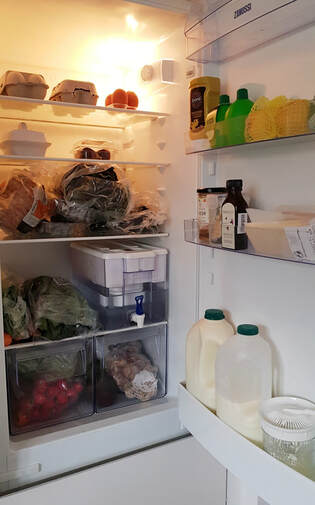
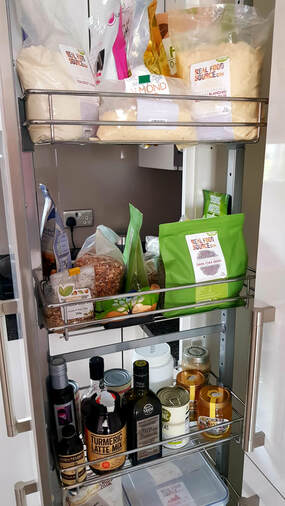

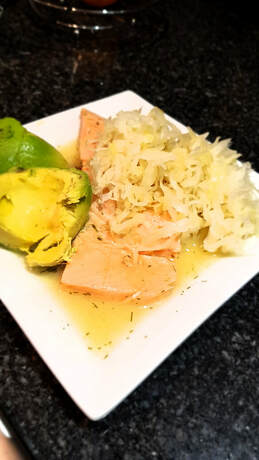
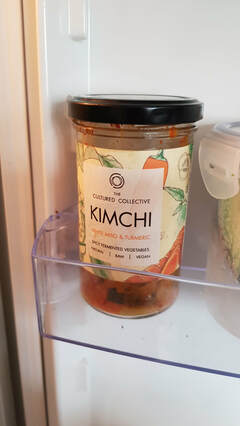
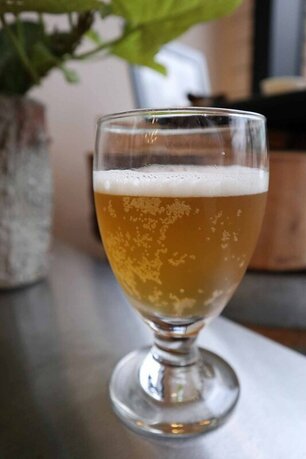
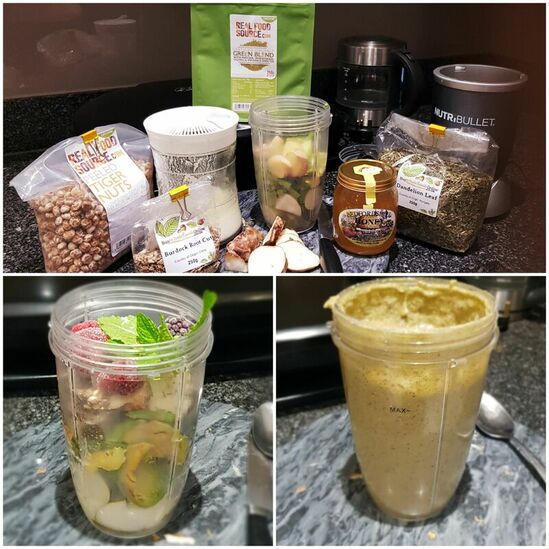
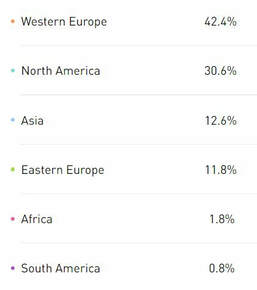


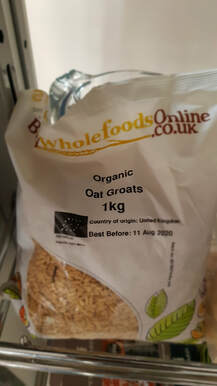
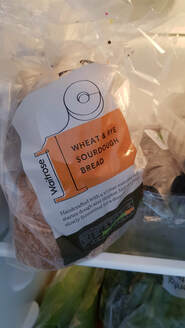
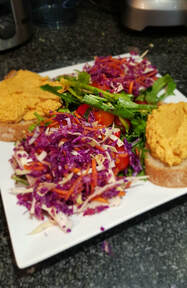
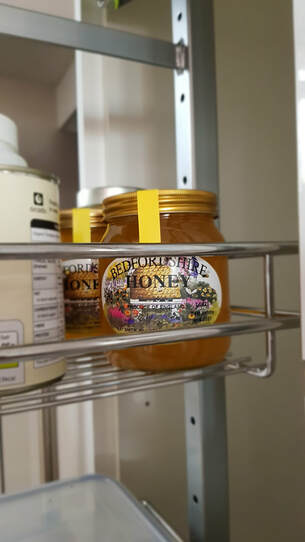
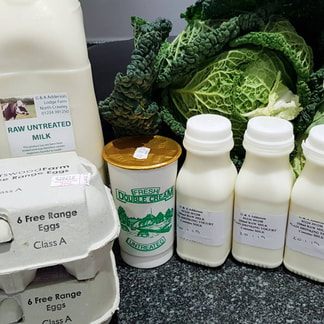

 RSS Feed
RSS Feed
